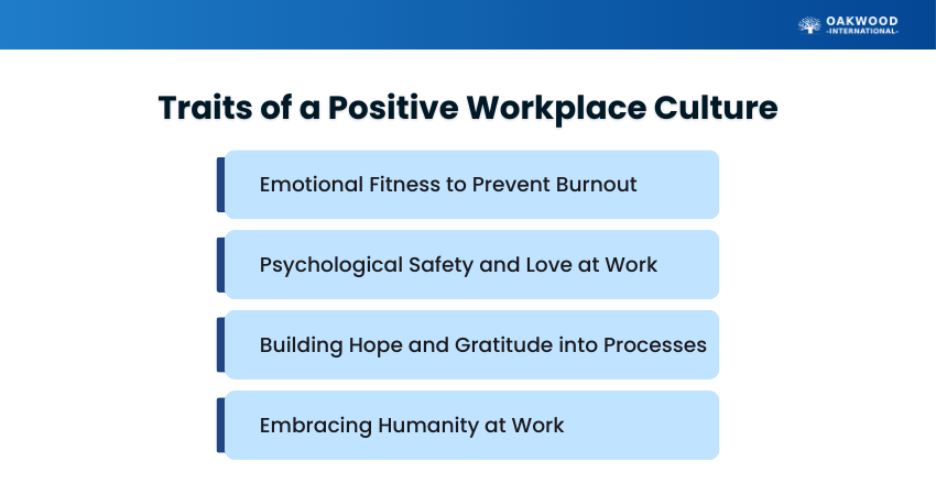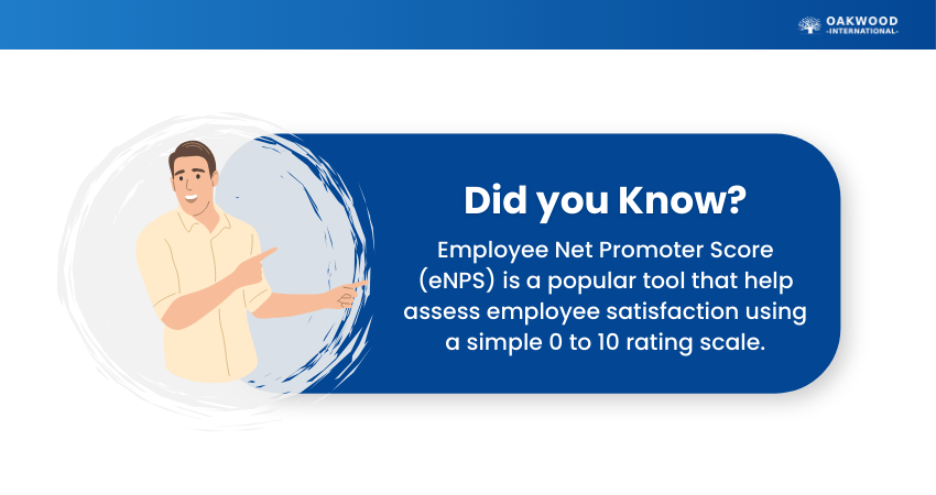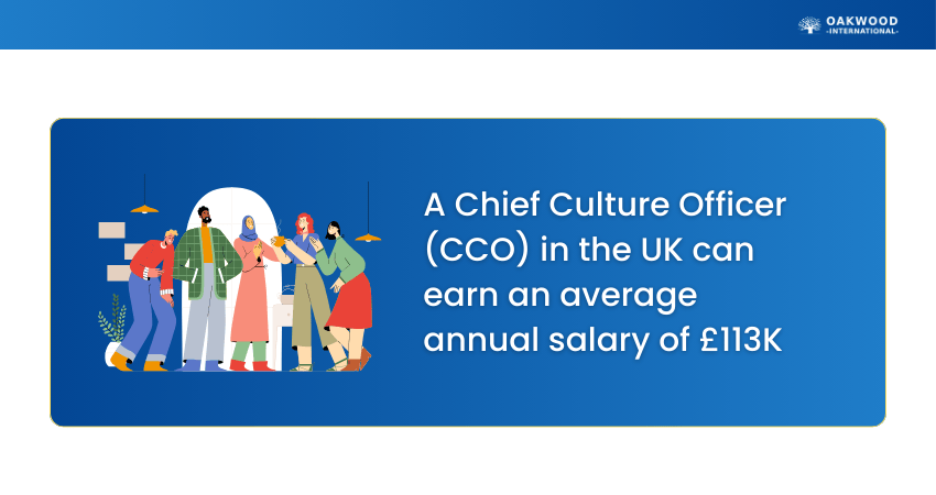Table of Contents


From office perks and team lunches to recognition and rewards, there's a streamlined flow of positivity that defines the heart of any good organisation, and Workplace Culture is the heartbeat. It shapes how people collaborate, innovate and thrive as it transforms our daily experience at work. A strong culture can make people fall in love with their work, boost performance and attract top talent.
Whether it’s a new enthusiastic startup or an intricately structured corporate hub, Workplace Culture can make or break motivation and success. This blog explores the importance of such a culture in detail, highlighting its game-changing features, steps to implement it and more. So read on and turn any stern office into a happy community of achievers!
Table of Contents
What is Workplace Culture?
Why is Workplace Culture Important?
Types of Workplace Culture
What Defines a Positive Culture in the Workplace?
What is Toxic Workplace Culture?
How to Improve Workplace Culture?
Conclusion
What is Workplace Culture?
Workplace Culture can be hard to explain because there’s no single definition or one-size-fits-all way to build it. At its simplest, it’s the shared values, beliefs, attitudes, and priorities that guide how people behave at work. It helps employees understand not just what they need to do, but why their work matters, which boosts motivation and engagement.
It plays a big role in how well a company performs by impacting things like productivity, innovation, teamwork, and long-term success. Many companies describe their culture using words like “customer-focused” or “family-friendly.” But culture is more than just a label. Without the right policies, communication, and support, those values won’t stick.
Why is Workplace Culture Important?
Let's explore two key benefits of a healthy Workplace Culture that have proven to be transformational for diverse organisations:
It Increases Employee Engagement
A good Workplace Culture makes employees feel supported and understood. When leaders care, communication is open, and people feel recognised for their work, employees are more likely to stay motivated and involved. This kind of environment enables everyone to perform at their best and feel a sense of connection to their work.
It Attracts and Retains Employees
A strong culture helps companies attract top talent and retain them. They’re more likely to stay long term when a workplace feels positive, fair and aligned with employees' values. Things like flexible policies, appreciation and honest communication make people feel secure and valued.
Types of Workplace Culture
Workplace Culture can generally be grouped into five key types each of which reflect different values and behaviours commonly seen in organisations. See if any of these sound familiar in your own workplace:
Adhocracy culture
Here, innovation and adaptability are at the heart of how things get done. It thrives in fast-paced environments where creativity and risk-taking are encouraged to stay competitive. People are free to try new ideas without fear of failure. This culture works best for industries that need quick changes and constant improvement.
Market culture
In this results-driven culture, success is measured by outcomes, profits, and performance. Employees are encouraged to strive for targets and stay ahead of competitors through ambition and focus. The main goal is to win in the market. Rewards often go to those who perform the best.
Hierarchy culture
This culture follows a clear chain of command where decisions and communication move from the top down. Structure, order and consistency are key and so it's ideal for highly regulated or traditional industries. Everyone knows their role and responsibilities. Rules and processes guide all decisions.
Purpose culture
Purpose culture unites people around a shared mission, often found in charities or cause-driven organisations. Values drive work, and employees are motivated by making a meaningful difference in the world. The focus is on helping others or supporting a cause. People feel inspired because their work has a bigger purpose.
Clan culture
This is a people-first culture that values collaboration, open communication and strong relationships. Employees feel like part of a family with a strong sense of belonging and mutual respect. Leaders act as mentors rather than bosses. Teams work closely together and support each other.
Learn to the art of spotting talent that drives transformation. Sign up for our Talent Acquisition Training now!
What Defines a Positive Culture in the Workplace?
Depending on the organisation, a positive Workplace Culture can take different forms, but at its heart, it always prioritises the employee experience. Here are four key factors that defines it:

Emotional Fitness to Prevent Burnout
When leaders and employees get honest about how they’re feeling, it can prevent burnout and build a healthier work environment. Pretending to feel fine when you're not (known as "surface acting") is a draining experience and unsustainable. A culture that encourages emotional honesty builds trust and inspires people to support each other more effectively.
Psychological Safety and Love at Work
Employees need to feel safe when it comes to sharing ideas, asking questions or raising concerns without fear of judgment. When the workplace is built on respect and empathy, people feel more comfortable being themselves. This leads to less emotional fatigue, better teamwork and stronger job satisfaction.
Building Hope and Gratitude into Processes
Hope is a universal feeling that keeps us driven, and it needs to be part of workplace wellbeing. Along with confidence, resilience and optimism, it's one of the key elements of psychological strength. Creating a culture that keeps these traits going helps employees stay capable of unlocking their best work.
Embracing Humanity at Work
People aren’t machines; they have personal needs and emotions, especially in high-stress roles like healthcare. A culture that genuinely values and appreciates the employees' emotions can reduce burnout and significantly boost morale. Simple acts of recognition and support can make a noteworthy difference.
Learn how to deliver meaningful performance reviews with our Performance Appraisal Training - Join today!
What is Toxic Workplace Culture?
A toxic Workplace Culture refers to one where negativity, conflict and disrespect are commonplace. These are often fuelled by unethical behaviour, exclusion and poor leadership. When harmful actions are ignored or tolerated, the culture quickly crumbles. This creates hostile relationships, drives away engaged employees, and lowers morale.
Toxic cultures can damage team engagement, reduce employee retention and negatively impact overall performance which ultimately affects profits. The best way to prevent this is through inclusive leadership that promotes respect and keeps the culture healthy for everyone.

How to Improve Workplace Culture?
Improving Workplace Culture starts with understanding what needs to change and taking action to make it better. By focusing on positivity, inclusion, and employee wellbeing, you can create an environment where people feel valued and motivated. Let's explore the steps you can take to make it all better:
Positive Policies
Clear, fair, and inclusive policies help everyone feel respected and safe at work. Regularly updating policies related to wellbeing keeps them useful and relevant for all staff. Policies should align with what people actually need and experience on a daily basis.
Reward and Recognition
Employees should know their work matters and how they contribute to company goals. Recognising their efforts and growth shows that their success is valued. Simple thanks or public praise can go a long way in boosting morale.
Learnt Behaviour
Leaders set the tone for Workplace Culture. When Managers lead with kindness, take breaks, and show appreciation, others are likely to follow. A positive example from the top encourages a respectful and supportive team environment.
Employee Engagement and Wellbeing
It’s important to listen to employee feedback, take it seriously, and support their wellbeing. When people feel heard and have a good work-life balance, they’re likelier to enjoy their job and stay motivated. Even small actions like checking in regularly can make a big difference.

Conclusion
Workplace Culture is the force that drives connection, purpose and performance. From the type of culture you nurture to how you support and recognise your team, every choice shapes the bigger picture. By understanding its impact and actively improving it, you end up with a stronger, more human-centred organisation.. A healthy culture not only benefits employees but also drives long-term success for the business.
Looking to unlock the secrets of people-centric leadership? Our People Management Courses will show you how - Sign up now!


 Back
Back



 Back to Catagories
Back to Catagories





 + 44 7452 122728
+ 44 7452 122728










